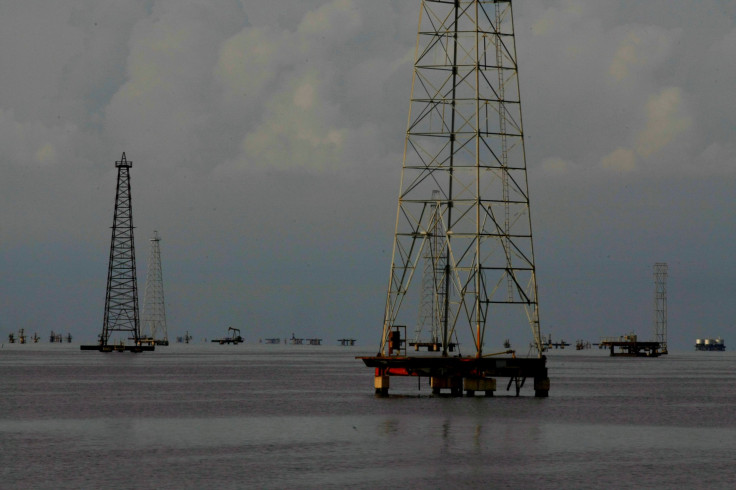Crude Oil Price Update: Venezuela, Iran Worries Lead WTI Back Over $70

For the first time since November 2014, the price of WTI crude went beyond $70 a barrel, trading at a high of $70.59 at 11:10 p.m. EDT Sunday. The U.S. benchmark trails the global Brent crude price, which had breached the $70-level briefly in January, and has stayed above that mark consistently since the second week of April.
Since its low point in mid-January 2016, the price of crude oil has made a sustained recovery, but fresh concerns over Venezuela and the future of the nuclear deal with Iran could pare back the gains. And one of the factors for the WTI crude price being lower than Brent is the domestic shale production, which has been booming.
The political situation in Venezuela, partially arising from and contributing to the economic crisis gripping the country, has meant the South American country has been unable to invest in its petrochemicals industry, and its output has fallen to about 1.5 million barrels a day, half its peak in the 2000s. The state-run PDVSA also owes $2 billion to ConocoPhillips, a move that may see the Venezuelan company lose some key Caribbean assets, further hampering its output.

President Donald Trump has threatened to pull the United States out of the Joint Comprehensive Plan of Action, commonly known as the nuclear deal Iran signed with the U.S., Russia, China, France, the United Kingdom and Germany. The deal was effective from Jan. 16, 2016, the same day crude oil began its recovery from under $30 a barrel a day earlier. The U.S. has to ratify it once every six months, and the next deadline for that is May 12.
In the event Trump does not waive off sanctions against Iran for another six months, the oil exports from that country would likely reduce, possibly leading to a further rise in prices.
But that is not a given. If sanctions were re-imposed on Iran, it could once again increase the amount of oil it produces, in complete contrast to other members of the Organization of the Petroleum Exporting Countries (OPEC) and Russia, who have kept a tight control on global output to buoy up the prices. As the third-largest producer within the OPEC block, Iran’s decision could influence the price of crude significantly. Iran also doesn’t support higher oil prices, with its oil ministers saying they wanted reasonable oil prices, well below $70.

Another factor that could keep oil prices in check, particularly in the U.S., is the higher domestic shale production, predicted by the Energy Information Administration to reach close to 11 million barrels a day in the month of May. For context, that would be higher than Saudi Arabia, the top producer among the OPEC member-nations, and close to Russia, the world’s largest crude oil producer.
As of 1 a.m. EDT Monday, WTI crude, after having dipped below $70, was trading at $70.38, while Brent crude was trading at $75.67.
© Copyright IBTimes 2024. All rights reserved.











